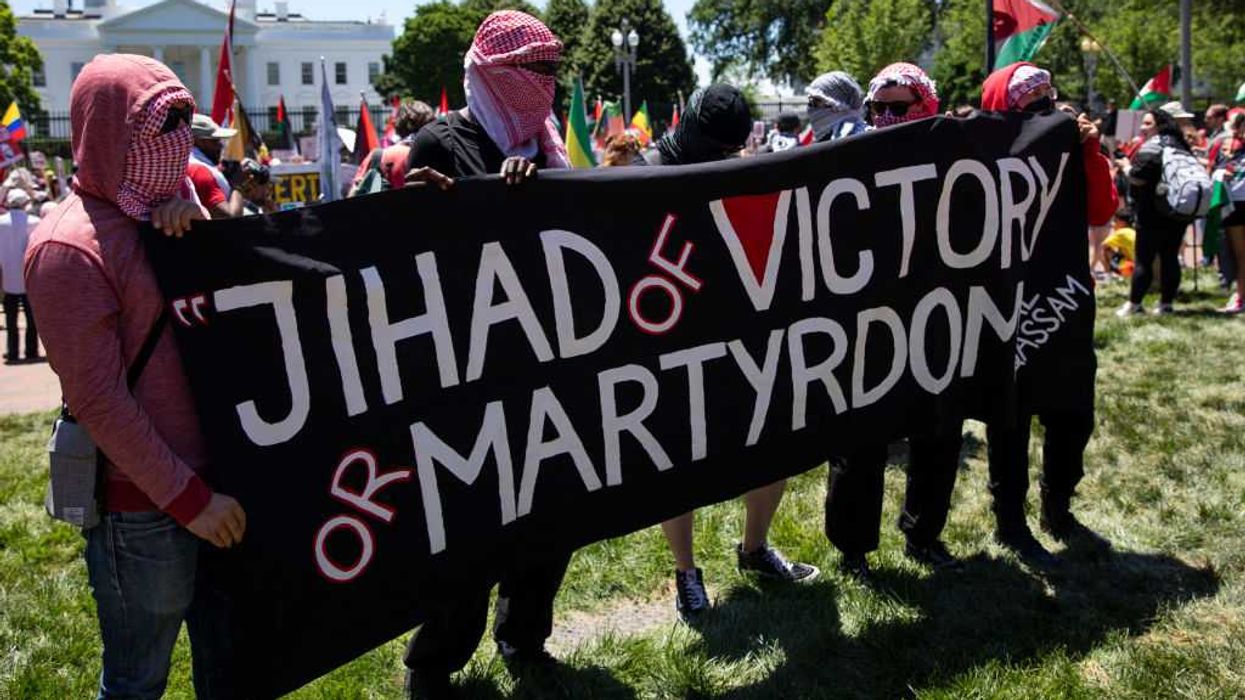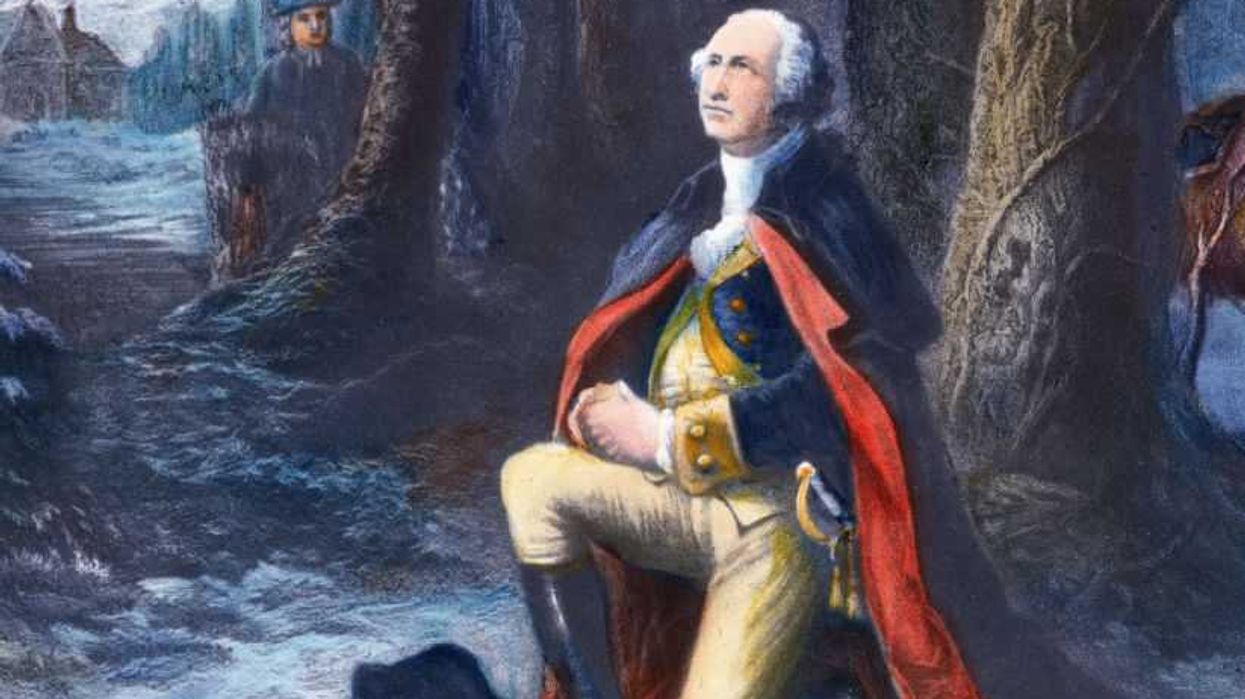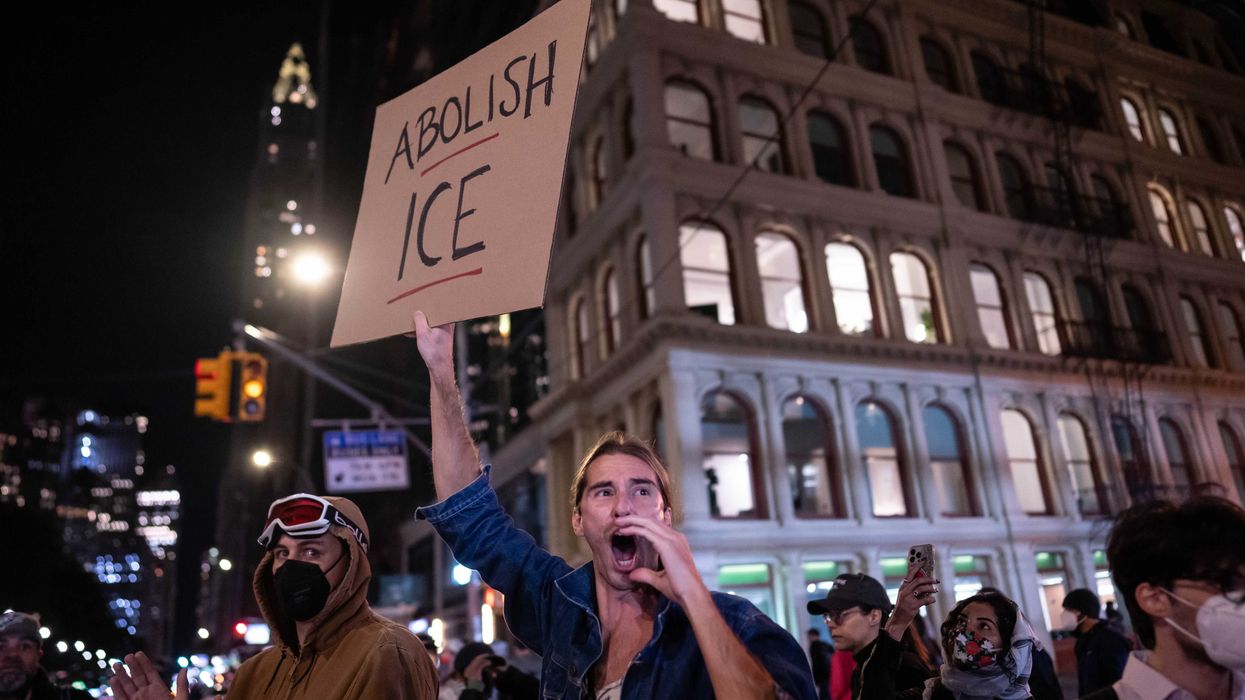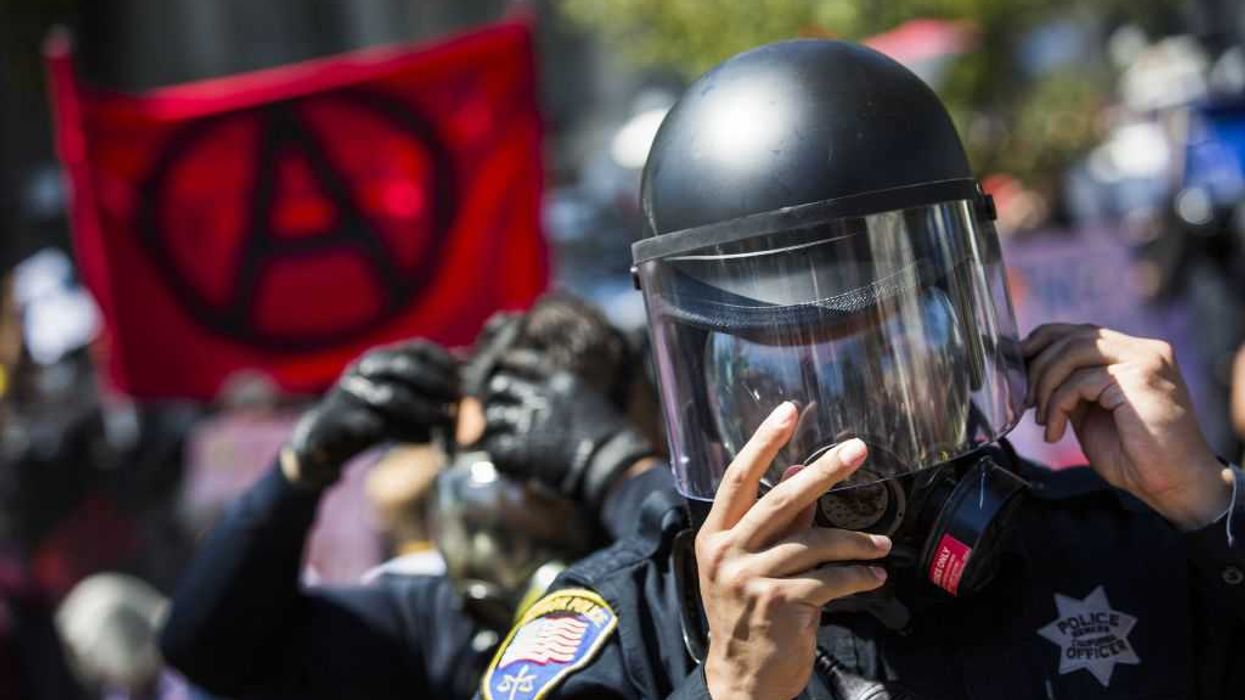For months during the 2016 GOP primary, Donald Trump lamented that the system was rigged through delegate manipulation and the election was being stolen. However, these accusations are without merit. In fact, by his illogical and inaccurate reasoning, Abraham Lincoln would have “stolen” the election of 1860. In this four-part series on contested conventions, we explore past conventions that, today, some may say were “stolen,” but followed the established rules and protocols to reach the eventual outcome.
Listen to the Full Series on Contested Conventions:
The Contested Convention Part I: 1860 (Republicans)
The year was 1860. It was the GOP’s second nominating convention — and also its first contested election. The fledgling anti-slavery party — the Republican Party — had lost its first general election in 1856, but gained a lot of sympathy and momentum. And it believed their nominee, this time, would go on to win the presidency.
In The Great Comeback, How Lincoln Beat the Odds, author Gary Ecelbarger explains this new political entity.
The Republican Party is a big tent fusion party. It is not the GOP, the Grand Old Party. It is the BNP, the brand-new party. And the problem with the brand-new party is that its elements, its makeup were people that were politically opposed to each other just a few years before. The Republican Party consisted of old Democrats and old Whigs and old free-soilers and old American and know-nothing elements. These were people that are politically opposed to each other, and they still hated each other.The only thing they agreed on was the main principle of the Republican Party — not to extend slavery into the territorial region of the United States, what will eventually become the Dakotas, Montana, Idaho, Wyoming, Nebraska, of course, and part of Colorado and Utah, which was a real threat when Stephen A. Douglas passed the Kansas-Nebraska act in 1854.
Because so many prominent Republicans from different states were potential nominees, finding a neutral location was challenging. The city that looked the most promising because of its hotels and railroads was St. Louis. But the city posed its own challenges. While the parties were fighting about the location, Norman B. Judd suggested the city of Chicago, a neutral place where all would have an equal chance.
Little did they realize that Judd was a supporter of Abraham Lincoln’s, under the radar. When the final votes came through, Chicago, a city in Lincoln’s home state, won by one vote — Judd’s.
Heading into the convention, the presumptive favorite was a very confident senator William Seward who brought 19 train cars full of supporters with him to Chicago. Lincoln, however, used his home state advantage well. His supporters went to work, printing up counterfeit tickets they handed out to those friendly to their cause, loading the convention with supporters and causing many of Seward’s supporters to stand outside the convention. For those who did make it inside, Lincoln’s people maneuvered them into an area where they would be isolated from those who might sway their opinion.
Dirty tricks? Rigged election? No. That’s the way the system worked.
The goal of the underdogs in the race, especially Lincoln, was to keep Seward under the required 233 delegate count on the first ballot. After that, Lincoln and his supporters strongly believed that they had a good chance to catch him on the second or third ballot.
The strategy worked. On the corrected third ballot, Abraham Lincoln won his party’s nomination with 349 delegates to Seward’s 111.5.
Lincoln, as we all know, went on to defeat Democrat Stephen Douglas, the man who had beaten him for the Illinois senate seat just two years prior.
Most Americans would agree that the election of 1860 was not stolen and the exact right man was put into that position at the right time. Most would agree that no one could have seen America through her most difficult hour other than Abraham Lincoln.
The Contested Convention Part II: 1924 (Democrats)
If you think the 2016 GOP primary was nuts, then you probably haven’t heard about the Democratic convention in 1924. It has been called the wildest convention in history — and with good reason. It’s also been called the Klanbake. In 1924, the clan heavily influenced the Democratic party.
Former Democratic President Woodrow Wilson, a renowned racist himself, had reignited interest in the Klan in 1915 when he hosted and attended a special screening at the White House of Birth of a Nation, a movie where the Klan are the heroes and blacks are the villains. It’s based on a novel written by Wilson’s friend, Thomas Dixon which was based on a history book written by Wilson himself.
One of the front runners of the Democratic nomination was Wilson’s former cabinet member, William G. McAdoo, who was supported by the Klan. So prevalent was the KKK within the party that there were no black delegates at all at the convention. The other front runner at this hotly contested convention was New York governor Al Smith, who opposed the Klan.
It was a raucous convention, described by silent movie star Diana Serra Cary as filled with “rough people who were drunk and disorderly.”
As the convention wore on, it became so contentious that the violence broke out when the delegates from Missouri and Colorado attacked each other. Police had to restore order and quell the rioting multiple times.
With the balloting still not producing a nominee on the 4th of July, somewhere in the neighborhood of 20,000 Klansmen crossed the Hudson river into New Jersey to rally for McAdoo and celebrate a separate issue they had been voted on by the Democrats. They held their vote in an attempt to officially denounce the Klan. It failed. The final vote on the resolution was 542 in favor of denouncing the Klan, and 546 against it. The Ku Klux Klan would not be condemned by the Democratic party.
Interestingly, neither of the leading candidates were nominated. Instead, a compromise candidate emerged who lost the election to Calvin Coolidge in a crushing defeat.
So popular was President Calvin Coolidge, he never left the White House to campaign for his reelection or to fundraise in 1924 — not once — winning with 72% of the electoral votes. The American people had not forgotten the roaring economy or the fact that Harding and Coolidge’s policies pulled America out of a deep depression, a depression much larger than the one that would come just a few short years later.
The Contested Convention Part III: 1964 (Republicans)
In 1964, the Republican party was looking for a smooth nomination process and someone who was on board with the GOP hierarchy, someone moderate. Now we know “moderate” most likely meant progressive.
They believed they had their man in Nelson Rockefeller, the Governor of New York and administrator of the famous interest center in New York City that bore his family’s name — Rockefeller Center. Pennsylvania Governor William Scranton, another moderate, was urged into the race when it appeared Rockefeller had lost momentum. Then there was the “extremist” — Barry Goldwater, the solidly conservative senator from Arizona.
With the ’64 convention coming just a short time after the Cuban missile crisis and in the midst of America’s deepening involvement in Vietnam, the spread of communism throughout the world was a huge concern for Americans. Barry Goldwater was decidedly, unabashedly, anti-communist, believing communism shouldn’t be just contained; it should be rolled back. That extremist sentiment would eventually lead to anti-Goldwater ads, like one from Lyndon Johnson featuring a little girl counting daisies followed by the countdown to a nuclear explosion. The ad essentially declared that a vote for Barry Goldwater was a vote to kill your sweet, innocent children.
In the early 1960s, the character of a candidate still mattered. A year prior, Rockefeller had married his second wife with whom he’d had an affair for years during his first marriage. All of this came to light when she gave birth to his son three days before the California primary — and Goldwater won the California primary.
Goldwater’s acceptance speech was said to cause some anger and alienation, perhaps even some defections to the Democratic party, but he didn’t hold back.
“Let our Republicanism, so focused and so dedicated, not be made fuzzy and futile by unthinking and stupid labels. I would remind you that extremism in the defense of liberty is no vice! And let me remind you also that moderation in the pursuit of justice is no virtue,” Goldwater said.
A former Hollywood actor rose to the podium in support of Goldwater, an actor who three years hence would become a two-term governor of California, and within 16 years, lead the free world.
“This is the meaning and the phrase of Barry Goldwater, peace through strength. Winston Churchill said the destiny of man is not measured by material computations. When great forces are on the move in the world, we learn we’re spirits, not animals. And he said there’s something going on in time and space and beyond time and space, which, whether we like it or not, spells duty. You and I have a rendezvous with destiny. We’ll preserve for our children this, the last best hope of man on earth, or we’ll sentence them to take the last step into a thousand years of darkness. We will keep in mind and remember that Barry Goldwater has faith in us. He has faith that you and I have the ability and the dignity and the right to make our own decisions and determine our own destiny,” Ronald Reagan said.
So Goldwater took on the sitting president of the United States, Lyndon Johnson, who beat him in a landslide. Johnson wound up with 486 electoral votes to Goldwater’s 52. The scare tactics worked.
The Contested Convention Part IV: 1976 (Republicans)
In 1976, a number of delegates needed to win the GOP nomination was 1,136 — and no one got there. The sitting president, Republican establishment candidate Gerald Ford, had 1,106. Ronald Reagan had 1,034. That meant another contested convention for the GOP.
Ford had taken a sizable early lead, but Reagan sliced into it with big wins throughout the south and the west. So both candidates headed off for and arrived in Kansas City well ahead of the start of the convention to try to sway delegates to their side. Once the convention was underway, things got a little crazy.
As reported by CBS, a delegate from Utah stormed over to the New York delegation and ripped out the phone connection, ostensibly cutting off communication between the delegation and their headquarters. The Mississippi delegation took up meeting in the CBS trailer. Additionally, reporters were not allowed on the convention floor. All of this combined to create a chaotic environment.
In light of the 1973 Roe v. Wade decision legalizing abortion, conservatives at the convention had enough influence to insert a plank into the platform calling for a human life amendment to the Constitution, which could have effectively overturned Roe v. Wade. In an effort to calm the fears of the progressive establishment and gain party support of the liberal wing of the party, Reagan took the risky step of promising to name liberal Senator Richard Schweiker of Pennsylvania as his choice for vice president. Unfortunately for Reagan, the move backfired. Conservatives viewed it as selling.
As it turned out, whether it was the momentum lost with a poor choice of a running mate, or it just wasn’t Ronald Reagan’s time, Gerald Ford pulled out the nomination on the first ballot, squeaking by, 1,187 to 1,070.
Following his acceptance speech, Ford invited Reagan to the stage. The effect was palpable, with delegates chanting, “Reagan” over and over. According to his son, Ron, Jr., Reagan was likely conscious of the fact that nearly 50% of the people in the hall, maybe more, would have preferred him to be the candidate. Nancy Reagan reflected that Reagan turned to her and said, “I haven’t the foggiest idea of what I’m going to say.”
According to one person, the power of the speech was extraordinary, and the feeling throughout the auditorium among the delegates was that they’d nominated the wrong guy.
Indeed, history has certainly shown that on a summer night in 1976, the Republican party had nominated the wrong guy. Ford went on to lose the 1976 general election to Jimmy Carter, becoming the only person in American history to serve as president without ever having been elected to the office.
Ronald Reagan would run again four years later, winning the nomination and the presidency in a landslide over sitting president Jimmy Carter. He would go on to win reelection in the largest landslide in history, winning 49 of the 50 states, eventually becoming one of America’s greatest presidents.

 AASHISH KIPHAYET / Contributor | Getty Images
AASHISH KIPHAYET / Contributor | Getty Images
 Harold M. Lambert / Contributor | Getty Images
Harold M. Lambert / Contributor | Getty Images Adam Gray / Stringer | Getty Images
Adam Gray / Stringer | Getty Images Anadolu / Contributor | Getty Images
Anadolu / Contributor | Getty Images